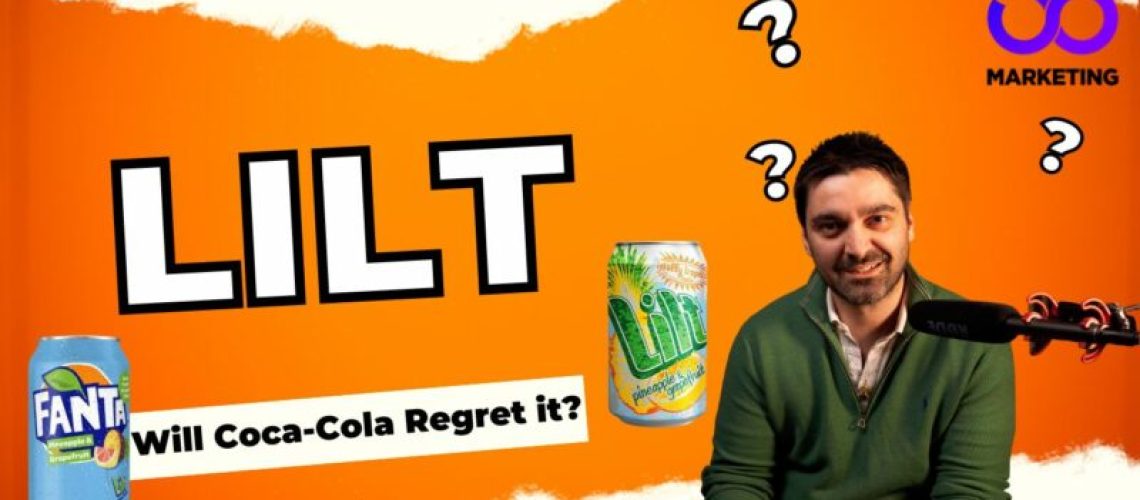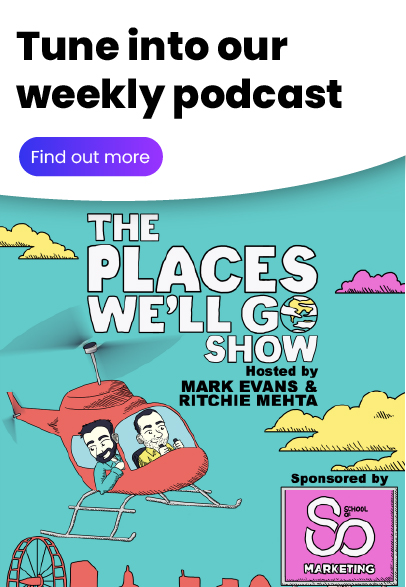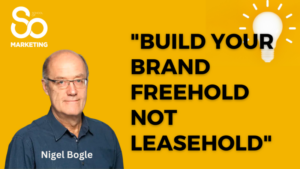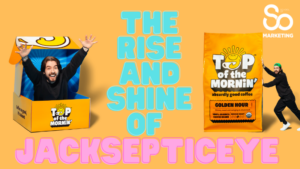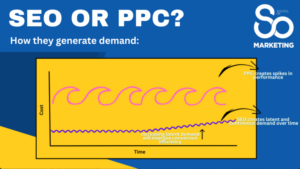The Coca-Cola company recently decided to roll up Lilt, a brand that has been running for over 50 years, into another Fanta flavour; pineapple and grapefruit.
It has been met with quite a lot of pushback on social media, and the brand police are quick to point to Prof Bryon Sharps’ work on distinct brand assets. So rule 1 number – don’t erode them!
So why have they taken the decision? I think Coca-Cola is giving us a masterclass on brand management here. So let’s dig right in.
The Law of Double Jeopardy
Let’s begin by looking at one of the fundamental laws of branding; the law of double jeopardy, popularised by Sharp.
It states that lower market share brands suffer with fewer buyers and less brand loyalty.
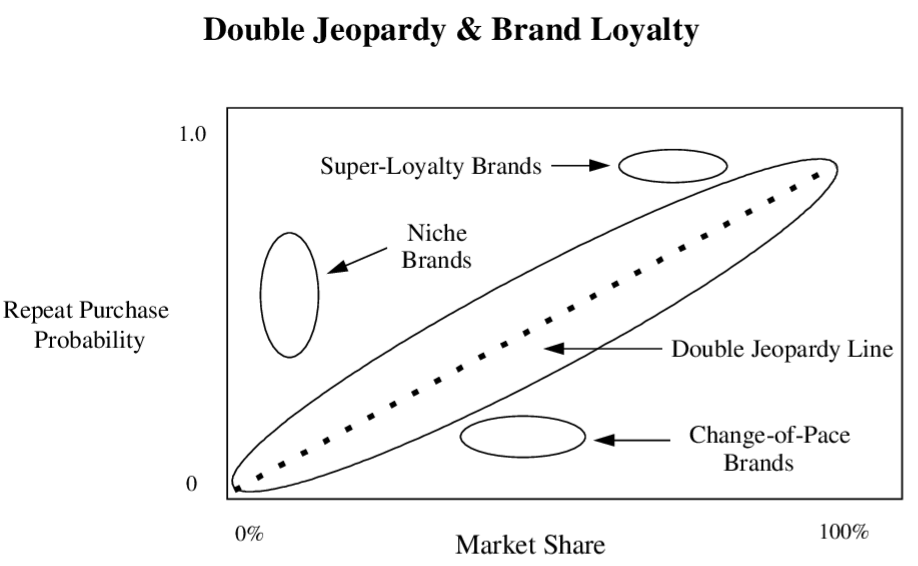
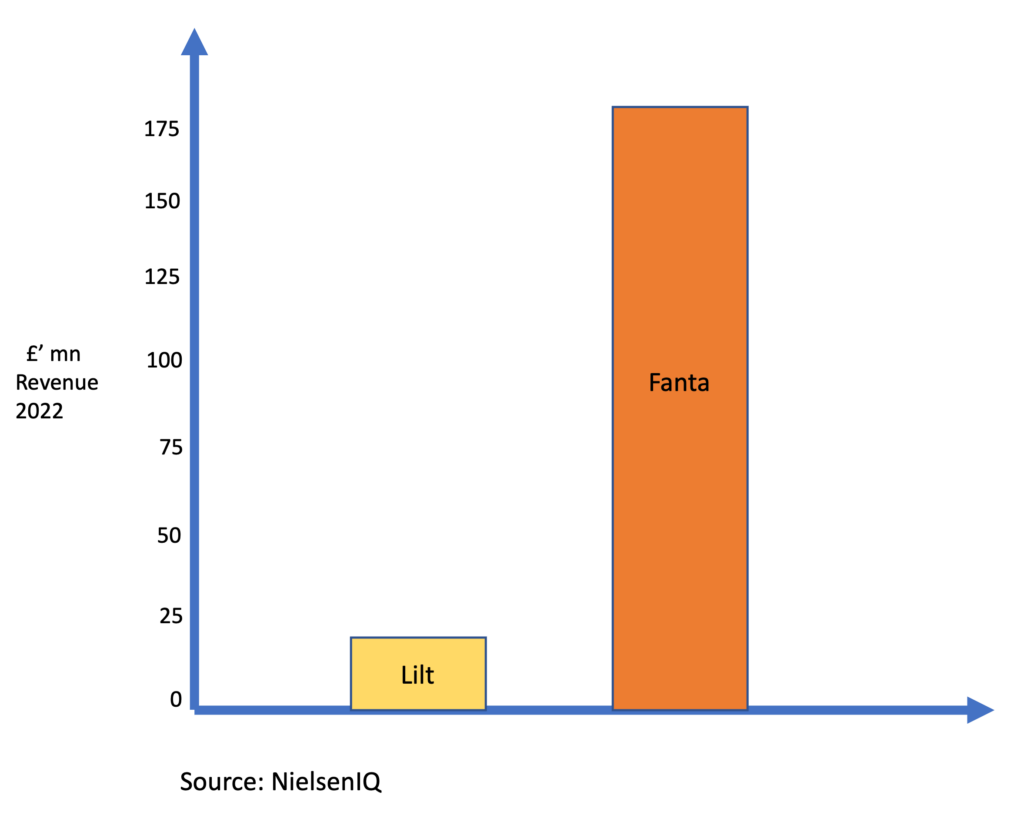
Lilt was a classic case of getting caught in this law. For instance, if you compare brand size, in 2022, Fanta achieved sales of £281 million, compared to Lilt’s mere £16 million, according to NielsenIQ.
Comparatively, it is far better for Coca-Cola to place ‘Lilt’ in the Fanta portfolio and use its brand power, buyer base and global distribution than to keep it around in a sub-standard way.
Product Lifecycle
Now, I would say that Coca-Cola has actually been brave in taking this decision. Too many companies have a hard time killing things off.
With every brand cycle, we get enthused at the beginning, bemused in the middle and find it hard to let it loose at the end. And all good things must come to an end.
According to textbook brand management, when a brand comes to the end of its lifecycle we have two options. Option 1, we either kill it off. Or option 2, we deploy what is in ‘geek land’ referred to as extension strategies i.e. ways to increase the life of a product. This is what Coca-Cola has done.
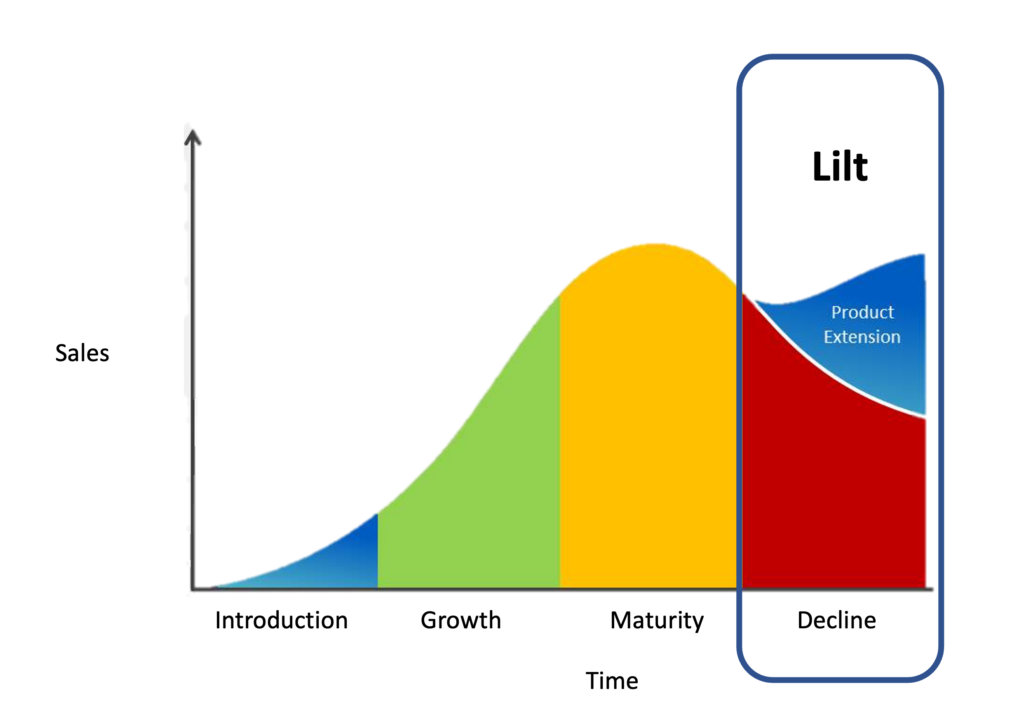
Lilt as a brand was in decline after a glorious 50-year stint. There is just no denying this. Look at every measure, from stagnant sales to depleting brand health scores; the writing was on the wall. For instance, according to YouGov’s BrandIndex tool, a measure of a brand’s overall health, Lilt hasn’t really moved in over a decade.
So amalgamating it into the Fanta brand has in effect saved its life and resurrected it.

Brand Portfolio Management
There is no doubt that there is more strategic sense and value in having a fewer number of brands than many smaller ‘local’ ones. For instance, if you take Unilever’s portfolio with over 400 brands. Only 14 generate sales over €1 billion, less than 4% of the entire portfolio.

So from a strategic perspective having fewer ‘power’ brands that generate significant revenues is advantageous over smaller less profitable brands in the portfolio.
It’s very costly to run brands; the more you have, the fewer efficiencies you can garner. This is especially the case with local brands, where you cannot leverage global buying power across your supply chain, advertising and marketing.
Increasing prices require brand power
According to Coca-Cola, they will continue to increase prices in 2023 due to the burgeoning costs of production and manufacturing.
Smaller brands cost more to run and also are more price sensitive.
We also know that one of the best ways to counter price elasticity is through powerful brands.
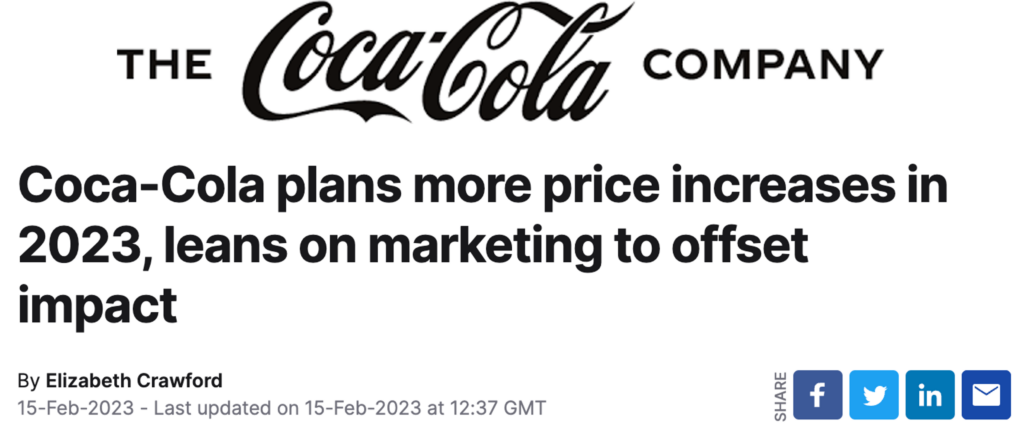
Therefore, by sticking with a global brand like Fanta, they can bring their production costs down, sell to more markets, and have fewer price-sensitive consumers. So it’s just the right play when you look at it commercially.
Brand relevance
The final nail in Lilt’s coffin is about brand relevance. Despite the commercial rationale, you could argue that if a brand has a solid resonating relevance with its consumers, it may still merit a place in the portfolio.
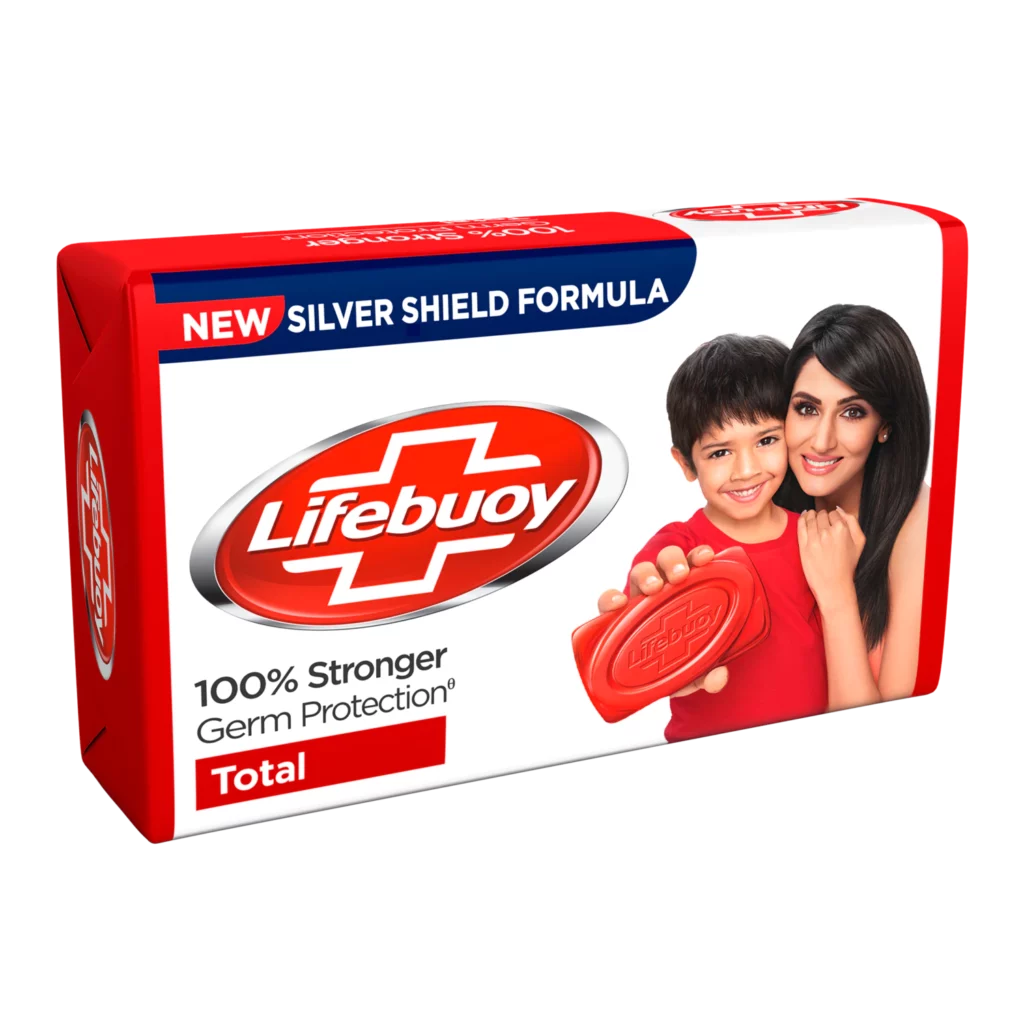
An excellent example is Lifebuoy which sits within the Unilever ‘local’ portfolio.
It’s a strong brand in India and has real cultural relevance and heritage amongst parents and kids today.
Judging by the social media pushback, is there a case that this applies to Lilt?
Well no, and here’s why. Watch this short clip of popular TV presenters announcing Lilt’s demise.
They say they remember drinking a Lilt as a kid and even reminisce a little about it.
But then the punchline; when was the last time they bought one? Well, almost 20 years ago!
This is the reality for the brand. It’s baked in nostalgia but is no longer relevant to older audiences or newer ones they would need to attract. Inhere lies a big lesson for brands. Yes, you may have heritage, and some may still love you, but it’s game over if you don’t have a place in their lives today.
Summary
So I would say Coca-Cola have made the smart choice on so many levels. There decision to wrap up the Lilt chapter may appear foolhardy at first glance given the history of the brand, but on close inspection they have nailed it (forget the pun) on so many levels. I think it is the right decision.


